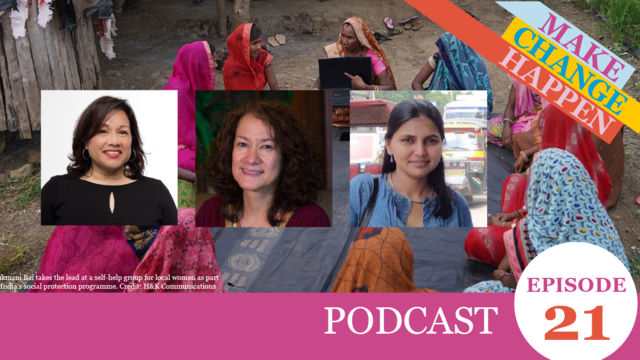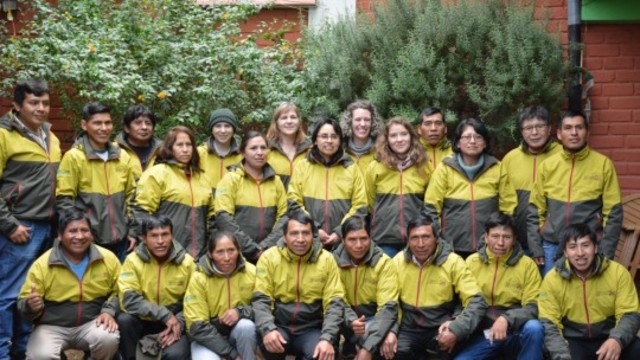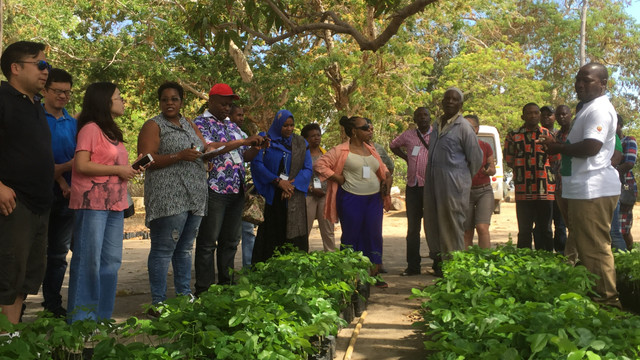Independent monitoring of a consultative process for Guyana’s Low Carbon Development Strategy and REDD
This project involved the design and independent monitoring of a multi-stakeholder consultation process for Guyana’s REDD-related Low Carbon Development Strategy (LCDS).
As an overarching framework for Guyana’s plans for REDD, President Jagdeo launched the draft Low Carbon Development Strategy (LCDS) in June 2009. The draft LCDS envisaged a national strategy that seeks to create “a low‐deforestation, low carbon, climate‐resilient economy” that contributed to Guyana’s joint but differentiated responsibility to tackle climate change.
As a draft strategy, it was always intended that what followed would be a process of consultation. President Jagdeo requested both independent advice in the design and independent monitoring of this multi-stakeholder consultation process in Guyana to ensure it was guided by internationally accepted principles and standards.
The Government of Norway, as part of its cooperation arrangements with Guyana on REDD, engaged IIED to track the preliminary round of the LCDS consultations during phase 1 – “Launching of the LCDS” (June to September 2009).
The aims of this project were:
- To develop a design that included all relevant, interested and directly or indirectly affected stakeholders in order to ensure political stability for Guyanese REDD efforts over time, permanence of emissions reduction and in particular include groups that risk marginalisation through a REDD strategy (i.e., forest dwellers in general and indigenous peoples in particular);
- To ensure the development of a mechanism for systematic, continuous consultations on the evolution of the REDD strategy and use of REDD funds;
- To ensure that the consultations with forest dwellers and forest based Indigenous Peoples in particular are carried out in a culturally appropriate manner and in settings that allows indigenous people to promote their interests and voice their concerns in their own terms, and based on the principles of free, prior and informed consent;
- To promote the relatively detailed publication of a timeline and details on stakeholders and mandate for this process.
The independent monitoring team made recommendations on design of a multi-stakeholder consultation process and found that the process of multi‐stakeholder consultation surrounding Guyana’s Low Carbon Development Strategy broadly followed principles derived from international best practice.
It was the opinion of this team that the consultative process, to the extent that its findings inform a revised LCDS, can be considered credible, transparent and inclusive.
This generally positive overview was advanced, despite recording a number of limitations of the stakeholder process:
- The non‐engagement in the consultation process on the ground by the Opposition Members of Parliament and Opposition political parties
- The constraints of logistics in getting the draft LCDS documents out to the public
- Inadequate mechanisms for providing feedback / reports of the consultations to the hinterland communities without general access to Internet or to the LCDS website
- Insufficient highlighting that the three month review period was a first step only in a series of ongoing activities and opportunities for stakeholder involvement in the LCDS implementation
- The abbreviated, bullet point format of the formal consultation reporting
- Greater inclusion on the part of academia, education, training and capacity building institutions
- The decision not to use trained, independent facilitators in community consultations
- The general lack of comprehension on the part of the Guyanese public as to what an environmental service actually is ‐ such as forest carbon storage (and other such services) and how the carbon market works in the context of the LCDS, and
- The need for greater analysis and attention within the LCDS of the negatives and positives so that the risks could have been better addressed therein.
Additional resources
Independent Review of the Stakeholder Consultation Process for Guyana’s Low Carbon Development Strategy (LCDS), Jocelyn Dow, Vanda Radzik, Duncan Macqueen
Partners
Conservation International ‐ Guyana
Environmental Protection Agency
Federation of Independent Trade Unions of Guyana
Forest Producers Association
Guyana Forestry Commission
Guyana Geology and Mines Commission
Guyana Gold and Diamond Miners Association
Guyana Trades Union Congress
Guyanese Organisation of Indigenous Peoples
Ministry of Amerindian Affairs
Ministry of Agriculture
Ministry of Culture, Youth and Sport
National Amerindian Development Foundation
National Toshaos Council
North Rupununi District Development Board
Office of Climate Change
Office of the President
Private Sector Commission
The Amerindian Action Movement of Guyana
Women’s Affairs Bureau
World Wildlife Fund
David James (attorney specialising in Indigenous Rights) and Joe Singh (Maj.Gen rtd.) in individual capacity
Donors
Government of Norway



